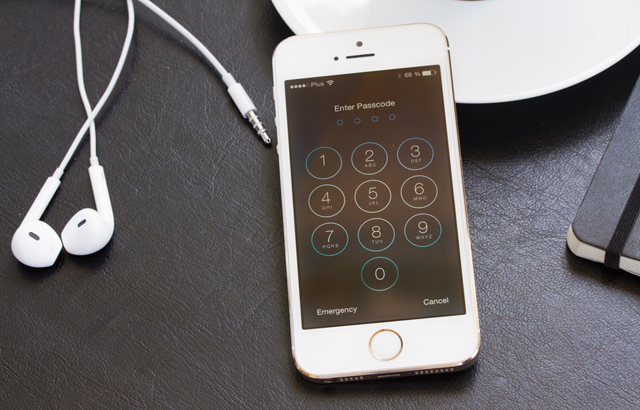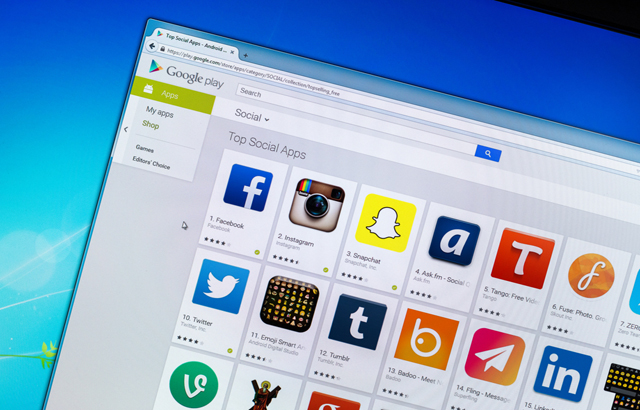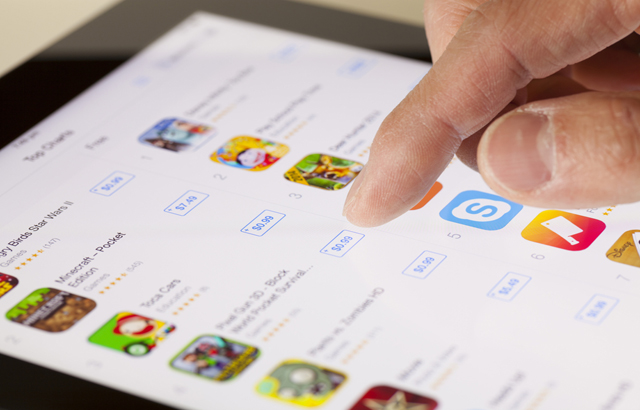We now spend longer on our smartphones and tablets than ever before, with more powerful and cheaper devices having a massive impact on our lives. One of the biggest reasons for this shift away from desktop computers and other forms of entertainment is down to the ever-growing popularity of mobile apps, which have, since 2008, become a central feature of modern life.
Many moms and dads welcome this change, because apps, along with all sorts of newfangled technology, offer them so many opportunities to enrich the lives of their children in all sorts of ways.
However, for all the upsides, there are plenty of downsides too and this is where parents can fall short. Fully understanding the safety implications of apps, maintaining visibility of what your kids are getting up to when online and even understanding digital life can be challenging.
In this feature we list some of the key things you should be looking out for when assessing the suitability of apps for your children on two of the most popular app sites in the world - Google’s Play Store and Apple’s App Store.
First things first – make devices safe and secure

Whether it is your own device or one that belongs to your child, it is important to have security measures set up from the outset so that you have some control over what your youngsters can access (whether or not you are present).
As such, set passwords, restrict access to certain websites and have a discussion about what you believe is acceptable and unacceptable when it comes to using mobile devices, browsing the web and interacting with apps.
Also consider investing in an app yourself, which will help to keep your mind at ease when your children are out and about. Parental control apps, for example, are growing in popularity because they offer a high-level of security that can be modified by moms and dads depending on the age of their children.
Some of the more sophisticated versions also come with inbuilt “app review” technology, whereby age-inappropriate apps are automatically blocked, advice on app suitability based on age groups is give and time limits are set on certain apps.
Google’s Play Store

Google has invested a lot of time and money in making its app store more family-friendly, as announced by Eunice Kim, product manager of Google Play, earlier this year.
“Whether you’re trying to entertain a toddler on a crowded plane, encourage your child’s newfound love of reading or simply find a movie for the whole family to enjoy, finding the right content should be just a tap or two away,” she explained.
“Parents want the best for their kids, but when it comes to digital entertainment, it can be difficult to know what to look for.”
“Parents want the best for their kids, but when it comes to digital entertainment, it can be difficult to know what to look for.”
Some of the features that the tech giant has developed include a so-called “family” filter, which allows parents to identify child-friendly apps across multiple categories straight away; and “family star” that immediately highlights what is suitable for youngsters.
Additionally, to prevent children unintentionally racking up huge bills when accessing certain apps, Google has made it mandatory for developers to highlight whether in-app purchases are included.
As a further level of security, for apps that have been labeled for ages 0-12, a user has to input a password to make an in-app purchase.
Apple’s App Store

As with Google, Apple has, as of this year, made its App Store more family-friendly, with one notable example being an overhaul of its kids category. Not only is this is geared specifically towards children under the age of 12, it also comes with certain “parental” assurances too.
All apps found under this section have to adhere to requirements set out by the Children’s Online Privacy Protection Act. This includes limiting the user journey “out of the app” - to another website - with “parental gates” and requiring apps to get parental consent when it comes to accessing personal information.
Other measures that Apple has introduced in more recent years include the ability to disable in-app purchases from the outset and labelling each app on the store that has in-app purchase functionality.
Each app also has an age rating, allowing parents to quickly glance at its suitability. As a case in point, Snapchat is designated as being appropriate for children 12 and above for the following reasons: infrequent/mild sexual content and nudity; infrequent/mild profanity or crude humor; and infrequent/mild alcohol, tobacco, or drug use or references.
The start to a safer, more secure world of apps
Whether you’re an Android or iOS user, taking into consideration some of the points outlined above will ensure that when it comes to apps and child safety, you can be confident that you’ve covered many bases.
After all, you appreciate the value that apps bring and want your youngsters to have access to them. However, you still need that assurance that come what may, you have no qualms about leaving your children alone with a device. This feature has hopefully helped you get one step closer to that.
If this article has piqued your interest in online safety, then you'll be pleased to learn we have a lot more by way of resources. Your journey in becoming a cyber parent starts here.




